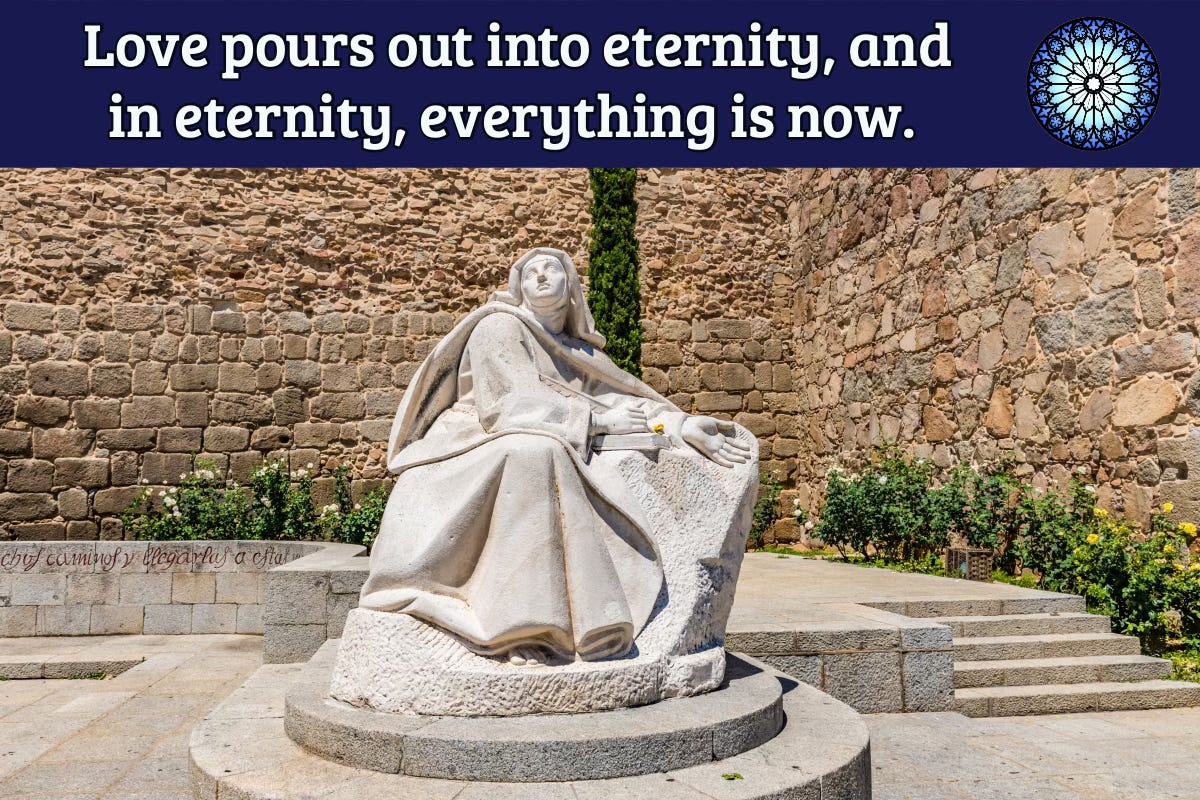Just when did Teresa of Ávila die?
Thanks to the Julian and Gregorian Calendars, it's a bit of a tricky question.
The night Teresa of Ávila died in 1582 was such a long night that it lasted for a good ten days!
Well, not really, even though it is true that before midnight on the night she died, it was October 4, 1582 — and after midnight it was October 15, 1582. That may seem quite a head-scratcher, so let me explain.
In Catholic Europe up until October 1582, the com…
Keep reading with a 7-day free trial
Subscribe to Mystical Journey to keep reading this post and get 7 days of free access to the full post archives.



